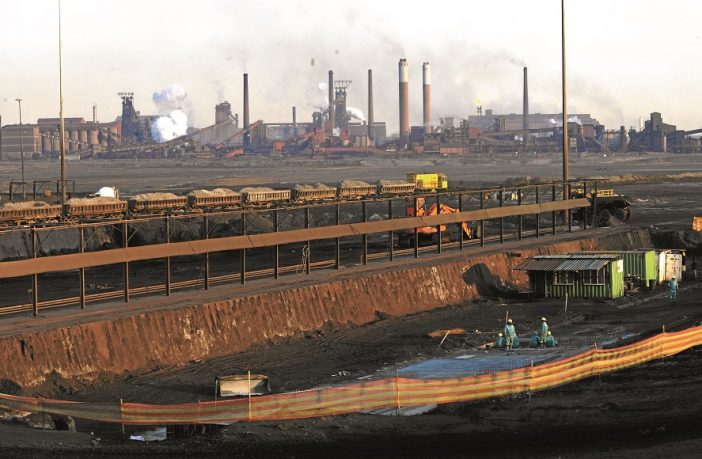- The Minister of Forestry, Fisheries and the Environment, and the National Air Quality Officer (NAQO), are being taken to court for granting steelmaker Arcelor Mittal South Africa (AMSA) permission to continue polluting the Vaal Triangle and surrounding areas with excessive amounts of Hydrogen Sulfide (H2S).
Social and environmental justice groups Vaal Environmental Justice Alliance (VEJA) and groundWork, represented by the Centre for Environmental Rights (CER) have launched a review application in the North Gauteng High Court. The legal action seeks to set aside decisions by the Minister and the NAQO to allow AMSA to avoid adhering to legislated limits, or minimum emissions standards, for the pollutant, and instead comply standards that are between 3 to 7 times weaker than the 2015 emission standards.

South Africa’s Forestry, Fisheries and the Environment Minister, Barbara Creecy. Image credit: SAnews.gov.za – Flickr
According to law, postponement of compliance against the 2015 standards is prohibited. The minimum emission standards are health-based standards, meant to enforce the amount of pollution that is allowed to be emitted by industries, and is a health-based standards meant to protect the people living near the polluting industries. According to the World Health Organisation, nine out of ten people now breathe polluted air, which kills 7 million people every year, and health effects of air pollution are serious – one third of deaths from stroke, lung cancer and heart disease are due to air pollution, equivalent effect to that of smoking tobacco.
The Air Quality Act and its regulations allow for operators of older plants, under certain circumstances, to apply for a postponement of compliance with 2020 minimum emissions standards, also known as ‘new plant standards’, and in parallel seek alternative, weaker limits. The applicants contend that the officials acted unlawfully by allowing for alternative limits that are even weaker than the 2015 ‘existing plant standards’ which is prohibited.
H2S is a toxic pollutant, the smell of which has been likened to ‘rotten eggs’. It is a known eye and lung irritant, and exposure to high concentrations has been reported to cause health effects including death and respiratory, ocular, neurological, cardiovascular, metabolic, and reproductive effects. These impacts are detailed in the review application.
The court papers allege that AMSA has been responsible for excess H2S for decades, with the company making no progress to rectify the situation in 2010 when it installed abatement equipment. This equipment functioned for a few months before failing. The equipment was still not operational by 2018 when criminal proceedings were instituted against AMSA for the breach. The company’s environmental office did plead guilty, and a fine was imposed, but in 2022 AMSA itself reported that the abatement equipment was still not operational. VEJA and groundWork contend that that the state’s decisions are not only unlawful in terms of the Air Quality Act, but also in contravention of the constitutional right to an environment that is not harmful to health and wellbeing.
Author: Bryan Groenendaal















